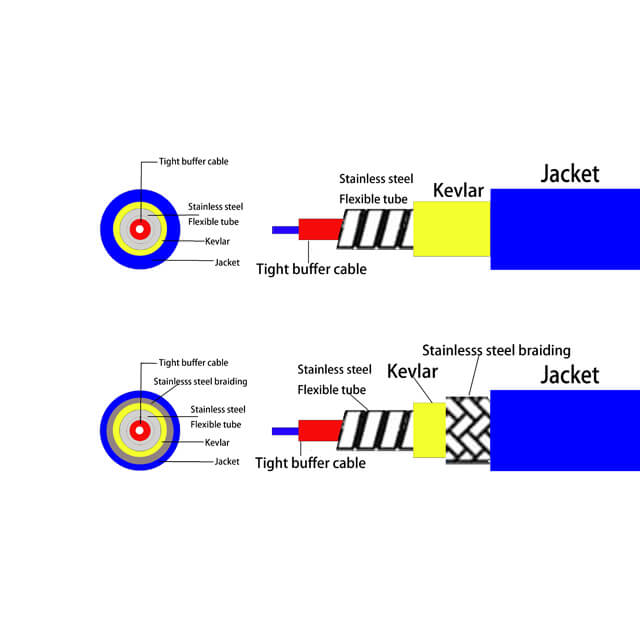Navigating the Fiber Optic Landscape: Factors to Consider When Selecting Cables
Exploring the Complexity of Fiber Optic Cables in Modern Networks

With the increasing demand for faster and more reliable data transmission, fiber optic cables have become an essential component of modern communication networks. These cables, made of thin strands of glass or plastic, transmit data in the form of light signals, allowing for high-speed and long-distance communication.
However, selecting the right fiber optic cable for a specific network installation can be a challenging task. Several factors need to be considered to ensure optimal performance and compatibility. In this article, we will explore the key factors you should consider when navigating the fiber optic landscape.
Fiber Density and Capacity
One of the critical factors to consider when selecting fiber optic cables is its density and capacity. This refers to the number of fibers within the cable and their ability to carry data. The higher the fiber density and capacity, the more data can be transmitted simultaneously.
It's important to analyze the current and future bandwidth requirements of your network before choosing a cable. This will help determine the appropriate fiber density and capacity needed to support your network's growth and prevent the need for frequent upgrades.
Transmission Distance
The transmission distance is another crucial factor that must be considered. Fiber optic cables can transmit data over long distances without significant signal degradation, unlike traditional copper cables. However, the maximum transmission distance depends on the specific type of cable.
Single-mode and multimode fiber optic cables have different transmission capabilities. Single-mode cables can transmit data over much longer distances compared to multimode cables, making them ideal for long-haul applications. Understanding your network's transmission requirements will help determine the most suitable cable type.
Environmental Factors
Environmental conditions can significantly impact the performance and lifespan of fiber optic cables. Factors such as temperature, moisture, and exposure to chemicals can affect the cable's durability and signal transmission quality.
Consider the operating environment of your network when selecting fiber optic cables. Some cables are specially designed to withstand harsh conditions, such as those found in industrial or outdoor installations. Choosing cables with appropriate environmental protection will help ensure reliable performance and avoid potential network disruptions.
Connector Compatibility
Connector compatibility is another crucial factor to consider when selecting fiber optic cables. Connectors allow for the termination and connection of cables, ensuring the continuity of the optical signal. Different connector types, such as LC, SC, or ST, may be required based on your network equipment and infrastructure.
Prioritize selecting cables with connectors that are compatible with your existing network components. This will simplify installation and reduce the risk of compatibility issues, ensuring seamless connectivity and signal transmission.
Cost and Future Scalability
Lastly, the cost and future scalability of fiber optic cables should be carefully evaluated. While high-quality cables may come with a higher upfront cost, they can provide better long-term performance and reliability.
Consider the long-term needs of your network and evaluate the scalability options provided by the chosen cable. Investing in cables that can support future expansions or network upgrades can help avoid costly replacements and minimize disruptions to your network infrastructure.
Conclusion
Navigating the fiber optic landscape can be a daunting task, but understanding the key factors involved in selecting cables is crucial. By considering factors such as fiber density, transmission distance, environmental conditions, connector compatibility, and cost, you can make an informed decision that ensures optimal performance and reliability for your network. Remember, each network's requirements may vary, so it's important to assess your specific needs before making a final cable selection.


